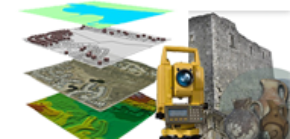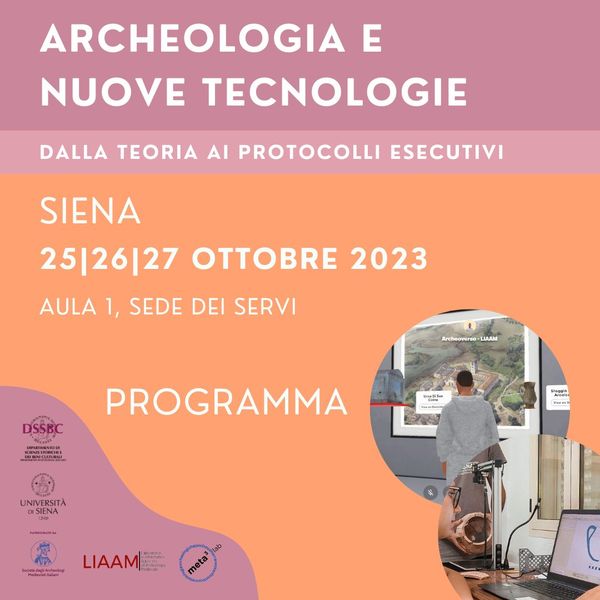
Though their work is little known and little studied, artists in the Middle Ages explored the technique of drawing in many of the same ways as artists from other eras. They created a rich array of works—ranging from spontaneous sketches to powerful evocations of spirituality to intriguing images of science and the natural world. Medieval drawings appear in places both expected and unexpected. They generally cannot be found on paper but rather on parchment, and rarely in portfolios but more often in bound books in libraries. As in every era, drawing served then as the foundation for projects intended to be completed in other media (such as painting, tapestry, or sculpture), but some of the best examples survive in independent, finished form—the end result of an artist’s labor rather than its prelude. Rarely can we attach an artist’s name to a medieval drawing, but a significant number of examples offers a glimpse into the personal—sometimes even private—concerns of known individuals. While some scholars have proposed that drawing in the Middle Ages was a poor man’s painting, it emerges in some of the most luxurious of settings.
The exhibition “Pen and Parchment: Drawing in the Middle Ages,” on view at the Metropolitan Museum through August 23, 2009, provides a chronological tour of the medieval draftsman’s art, beginning around 800 A.D. and ending in the middle of the fourteenth century. It offers a rarely traveled excursion through a series of moments when drawing achieved memorable aesthetic heights.





